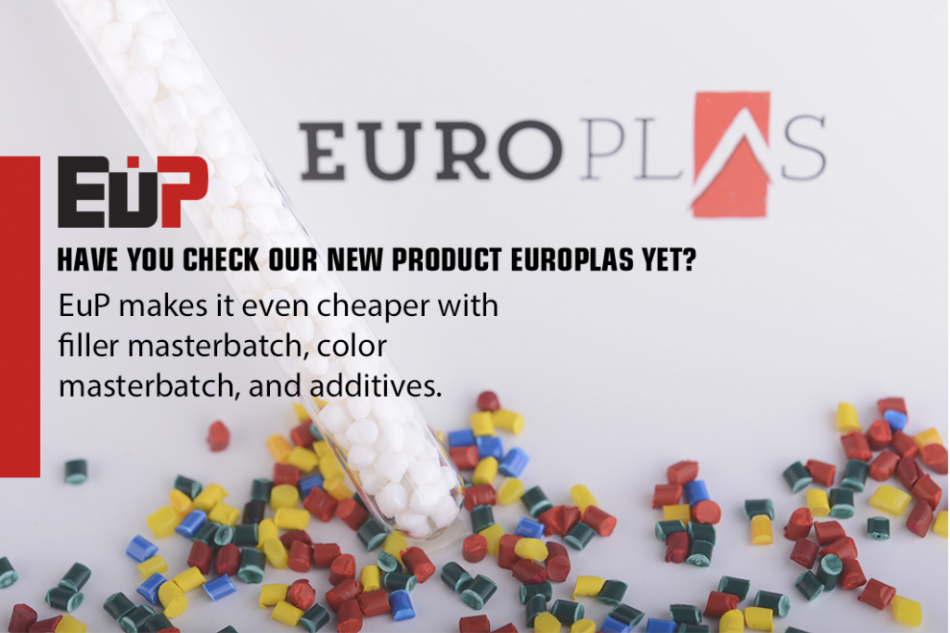Most modern plastic products are made by injection molding. In certain cases, the appearance of the product is extremely important and can be highly affected by the coloring of the neat polymer. Since 90% of injection molding companies use solid-phase masterbatches to color their products, it is very interesting to know how they affect the appearance of the final product (László Zsíros, Dániel Török, and József Gábor Kovács, 2017)
 EuP's products
EuP's products
I. Masterbatch in manufacturing plastics
Besides appearance, solid-phase masterbatches can also affect flame resistance, UV stability and, in certain cases, mechanical properties. The color hue of the product is just part of its appearance. Evenness of color (whether there are signs of inhomogeneity of color) is just as vital.
In the case of solid-phase masterbatches, the dispersion of the colorants can be critical, but it is only one part of the total mixing process. The homogenization of solid-phase masterbatches is influenced by several factors, such as the processing parameters, the design of the injection molding screw, the application of additional dynamic and static mixers, and the properties of the material and masterbatch used to injection mold the parts.
II. Materbatch materials
Masterbatches are typically composed of at least 5–8 elements, such as carrier, coloring agents and special additives. The carrier must be chemically compatible with the pigment that needs to be finished. Color matching typically includes 3-4 coloring agents. In addition, special additives are applied to some of the master batches to boost processability or to act as a wetting agent or dispersing agent or to have specific properties, such as higher crystallinity or inflammability. The same color can be accomplished with different coloring agents, which can contribute to major variations in homogenization properties.
While the color shades of the specimens were identical, there was a major difference in their homogeneity. This disparity can be due to a variety of factors, such as the master batch recipe, the conditions under which it is made, the properties of the master batch components and the interaction between the components.
Optimized products for your processing method
For example, the emphasis in injection molding is generally on UV and thermal stabilization as well as slip agents. Nonetheless, the focus in the field of packaging (cast / blow film, injection molding) is primarily on anti-blocking or matting agents, clarifiers and anti-static additives.
EuP product list includes:
- Filler masterbatch
- Additives
- Compound
- Color masterbatch
EuP provides expert advice for you to get the best result from the combination of the individual components (polymer – additive – color) in your application.
What can EuP help you with?
Additives are important chemical adjuvants that are applied to plastics to make them easier to process and use. It is only by adding that plastics are capable of withstanding high processing temperatures or the effects of light and environment, become anti-static or are transparent. Standard polymers are available in a small range of varieties and with various additives. These are typically designed in such a way that they can cover as many applications as possible. EuP advises that the proportion of additives be reduced to a minimum, barely enough to satisfy the requirements of the job.